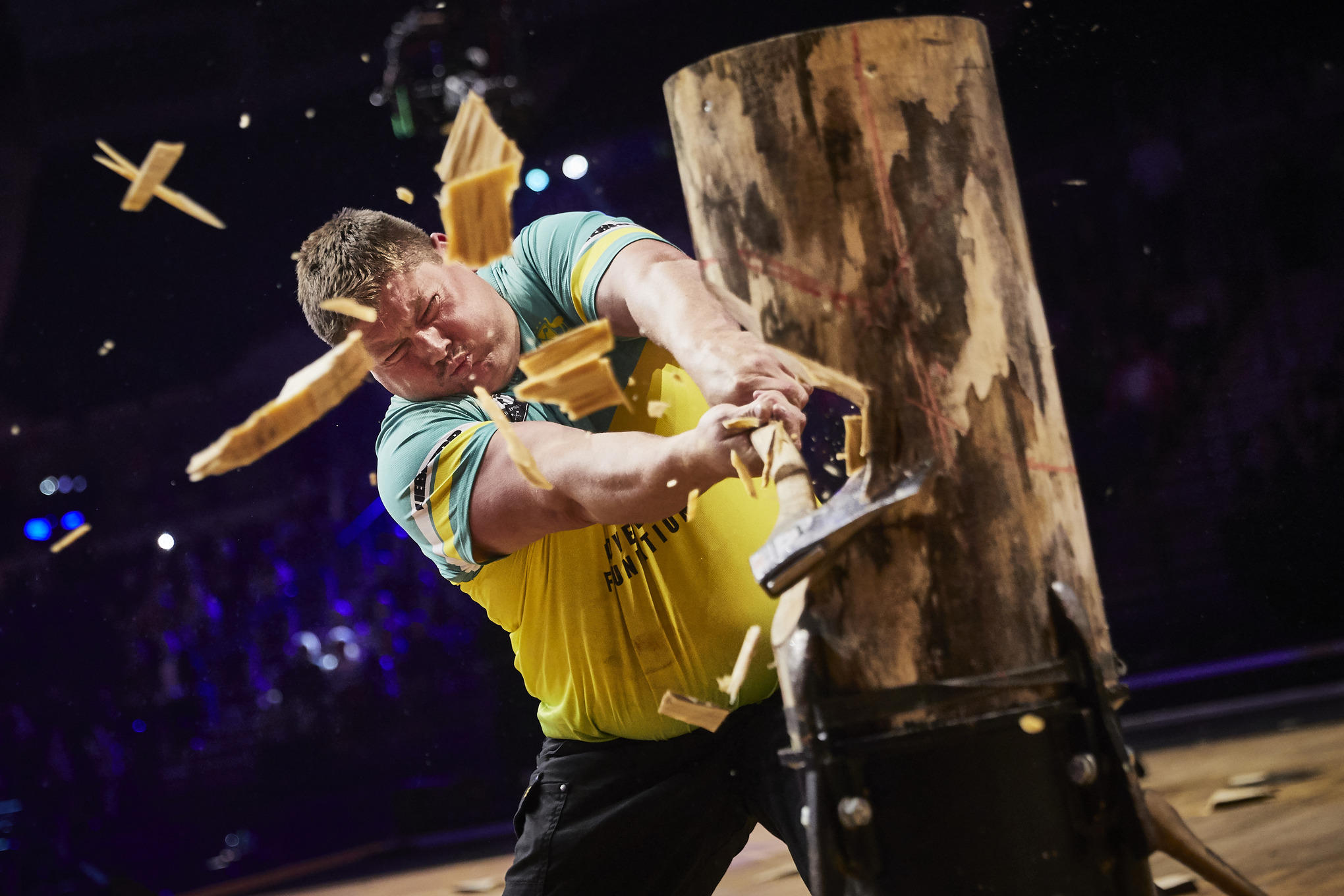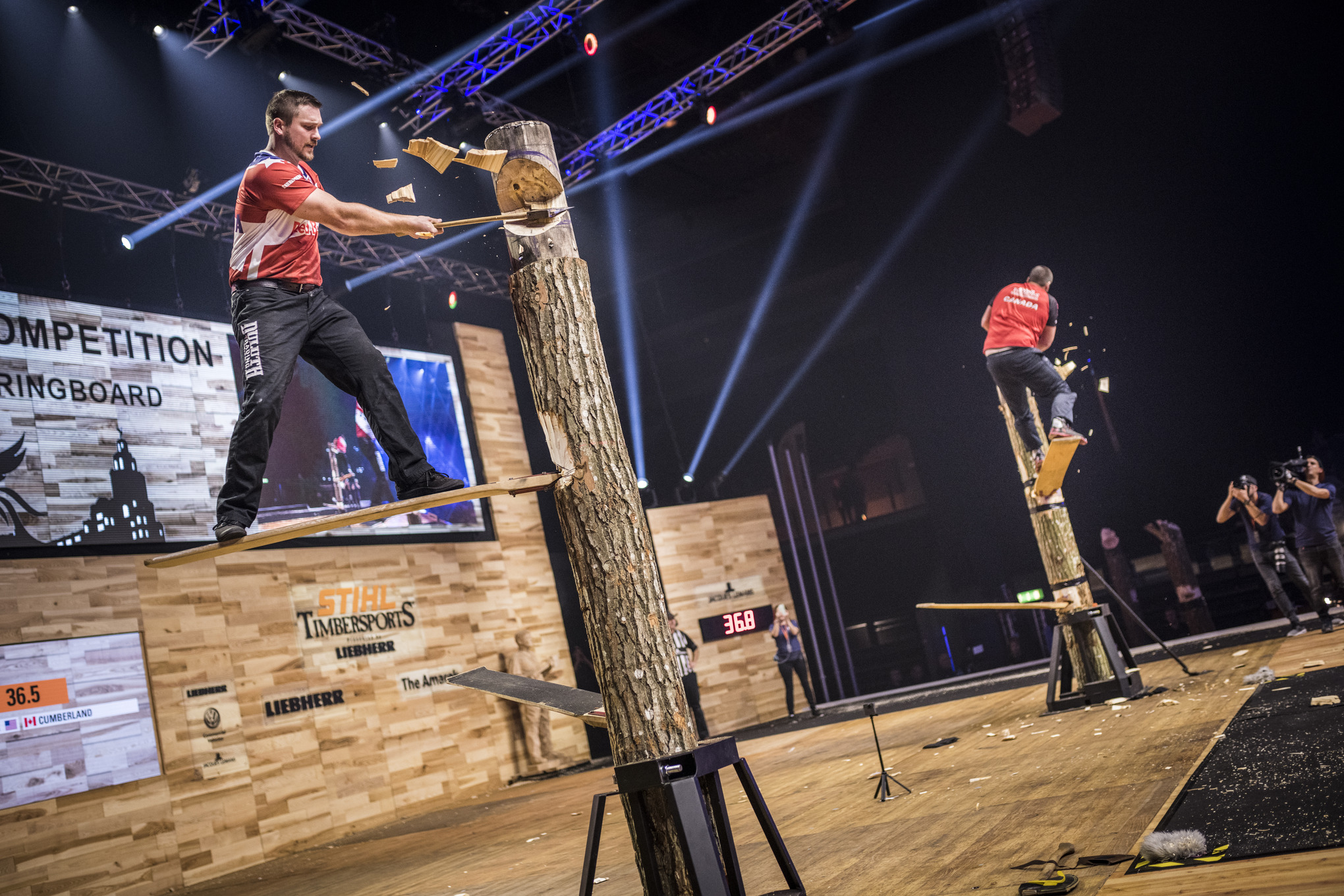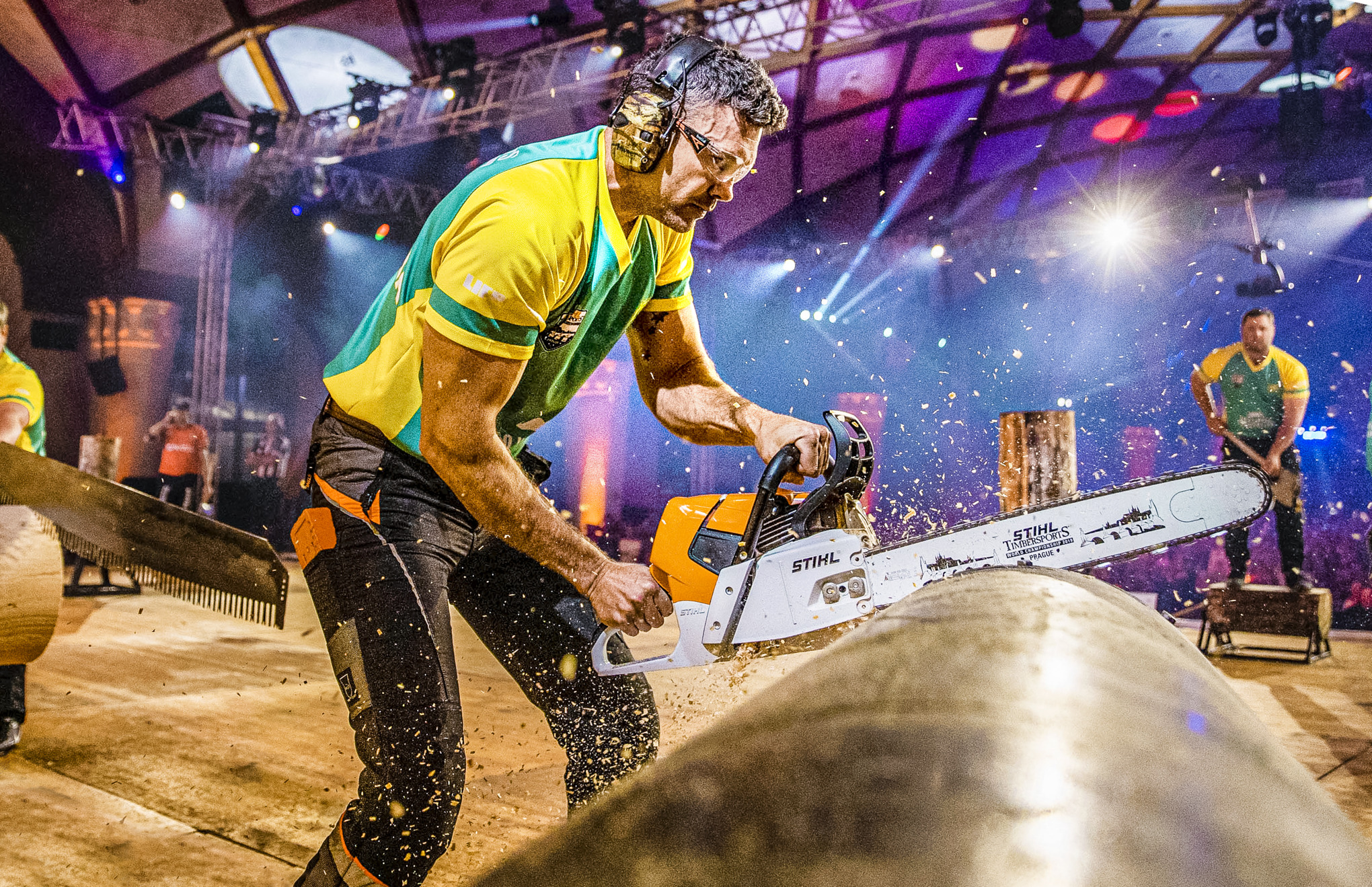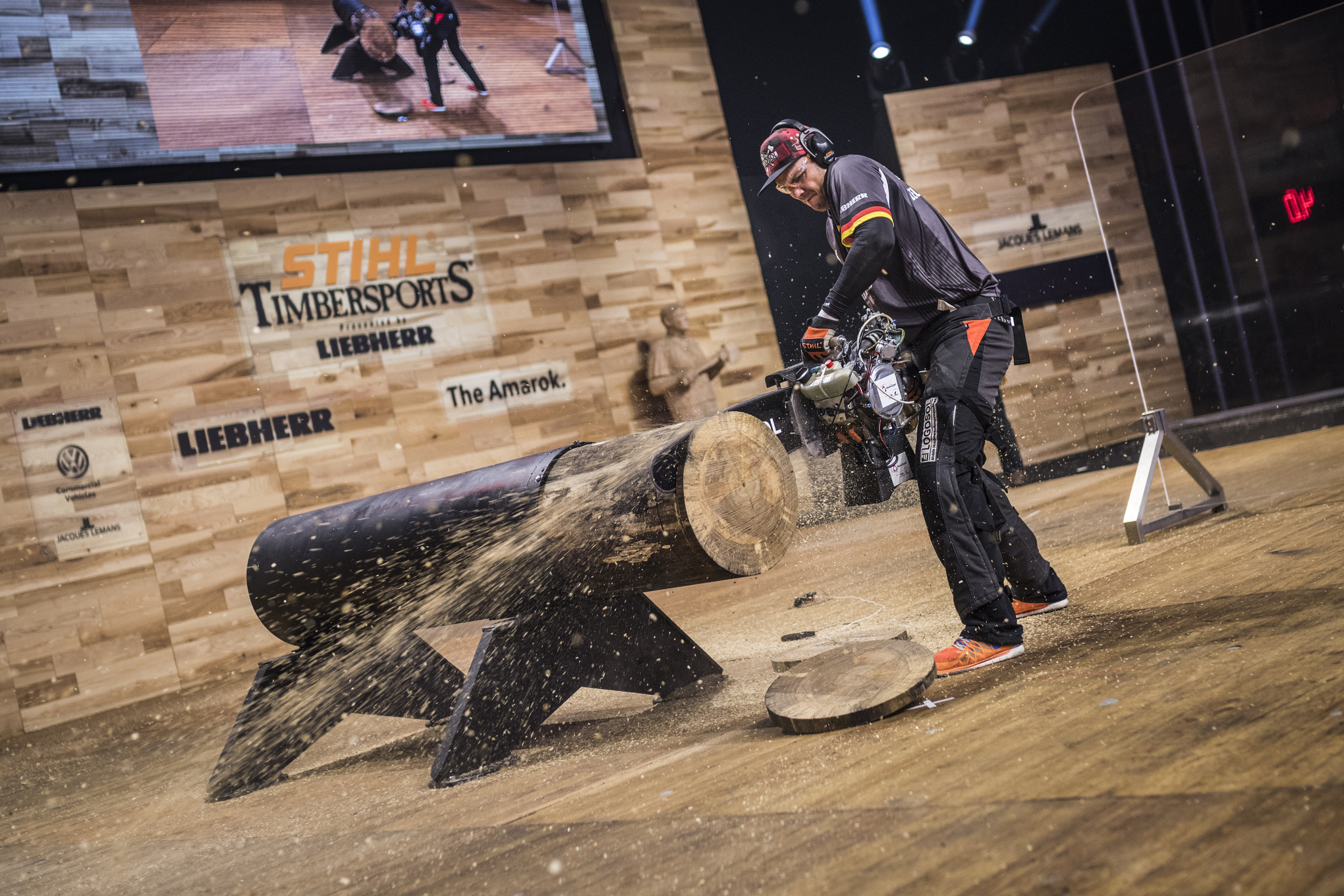STIHL TIMBERSPORTS®: The pinnacle of competitive lumberjacking
STIHL TIMBERSPORTS® is a series of extreme sport contests in competitive lumberjacking. It is easy to see why it is considered the pinnacle of competitive lumberjacking. Athletes compete against each other in national and international competitions – in up to three axe and three sawing disciplines.

STIHL TIMBERSPORTS® events
An overview of all the official STIHL TIMBERSPORTS® events and competitions around the world can be found here. We offer a comprehensive event plan with detailed information about what happened at the event, dates and times for purchasing tickets, whether there is a live broadcast from the event and, once it is all over, what the results are.
The history of STIHL TIMBERSPORTS®
Competitive lumberjacking has a long tradition of more than 150 years, which is why it is often called "the original extreme sport”. The sport originated in Australia and New Zealand. From there, the sport spread to Canada, the USA, Europe and most recently to Asia. Read more about the history of STIHL TIMBERSPORTS®.
The STIHL TIMBERSPORTS® disciplines
At STIHL TIMBERSPORTS®, athletes compete in a total of up to six traditional competitive lumberjacking disciplines – depending on the competition format. Three disciplines are performed using an axe, three with a saw. Axe disciplines include the Underhand Chop, the Standing Block Chop and the Springboard. The three saw disciplines are Stock Saw, Single Buck, and Hot Saw.








